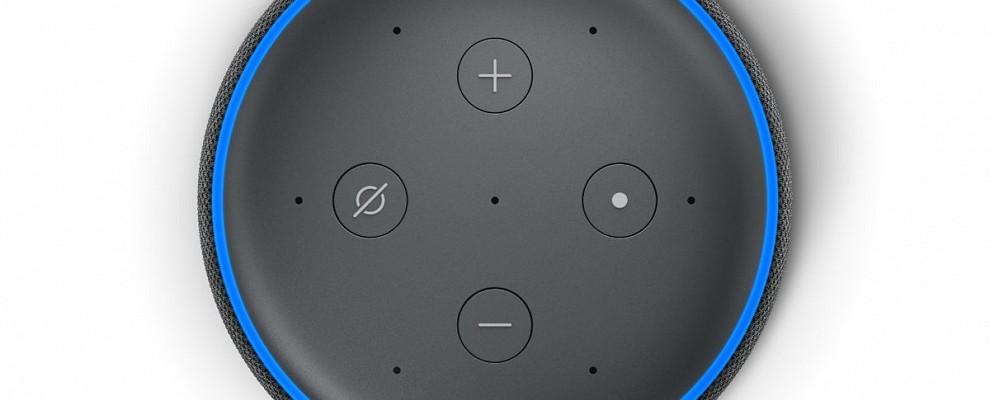Categories:

Connected Health: What It Means and Where It's Going
Digital tools can be powerful means of breaking down barriers to access of care. Think about it: Almost nine in ten adults in the U.S. own a smartphone. Trackers like Fitbits, Apple watches, smart scales, and other products like chatbots and AI-powered conversation engines are becoming more widespread. Voice-activated devices like Amazon’s Alexa and Google Home are already flooding the market, as well as other connected devices and remote monitoring products. By 2020, analysts predict there will be 50 billion devices connected to the Internet, and many of these devices will be tracking the health data of individuals. These devices are disrupting the way many patients engage with their healthcare, and those of us in the healthcare ecosystem must respond to this shifting paradigm.
Consumers Are the Drivers
Broadly, healthcare “connectivity” is being driven by consumers. They are increasingly expecting their health care organizations to behave similarly to Netflix and Amazon—to be convenient, easy to use, and hyper-personalized to their preferences. And as consumer demands grow, there is an increased pressure on healthcare organizations to deliver. If they don’t, loyalty is quickly lost. Not surprisingly, this is being led by Millennials, digital natives who want to take more control of their health. But these tools are having impact across the board. While they may not own as many digital devices, many Medicaid beneficiaries rely on their smartphones to access the Internet, making it even more critical to deliver the resources they need, as seamlessly as possible. For consumers in rural areas, telemedicine is providing access to both diagnostics and disease management – improving compliance and outcomes.
Market Dynamics Are Shifting
On the market side, dynamics are shifting as integrated systems gain traction and firms consolidate. There’s a sense in the industry that in order to be competitive with integrated solutions, healthcare companies must form strategic alliances: CVS’s acquisition of Aetna, Cigna’s acquisition of ExpressScripts, and the partnerships of Amazon-JP Morgan-and Berkshire Hathaway (now known as Haven) coming together to “disrupt” the healthcare system for their own employees. The role of electronic health records (EHRs) is expanding as sharing patient data has become a multi-billion-dollar industry. Today, not only do consumers want access to their health information, they want to share their health experiences and the data they’re collecting with their providers and other entities. The proliferation of EHRs opens up opportunities for a new kind of connectivity. And with Apple's recent move into the health records space, the EHR is rapidly moving beyond traditional healthcare industry players.
Government Is Supporting
At the federal level, there is a concerted effort to advance the interoperability of healthcare data. Since the signing of HITECH in 2009 and the passing of the ACA in 2010, the government has been promoting the sharing of clinical patient data and payment information among providers, between patients and their care teams, and across payors themselves. At the state level, we see this focus on data sharing with increased interest in health information exchanges (HIEs). All of this is to say that connectivity in health data and IT is taking many forms – for consumers and for enterprise players—and has the potential to greatly improve care coordination, health care delivery, and outcomes.
The Increasing Importance of Mobile
Smartphones are omnipresent in society today and mobile tools can take advantage of this shift toward enhanced connectivity by delivering applications that:
- Connect directly to provider and plan phone numbers, programs and resources
- Employ trackers and connection to other popular self-reporting apps to monitor the pregnancy journey and communicate health data to providers and plans
- Integrate with tools like Amazon Alexa and Apple HealthKit
- Enable easy integration of partner and other family members into mom and baby’s health journey
- Gather patient data through digital surveys and share with health plan case management to allow predictive intervention with moms who needs extra outreach (high-risk pregnancies; post-partum depression; SDOH)
- Integrate self-reported and tracking data with EHRs to create a 360-degree view of health and to maintain ongoing relationships
Technology can be a tool to empower people: It can deliver health education and allow patients to ask their doctors questions, locate nearby hospitals, and find health insurance – often in the person’s native language. And smartphones, because they are the tool in most everyone’s hand, are playing the leading role.
